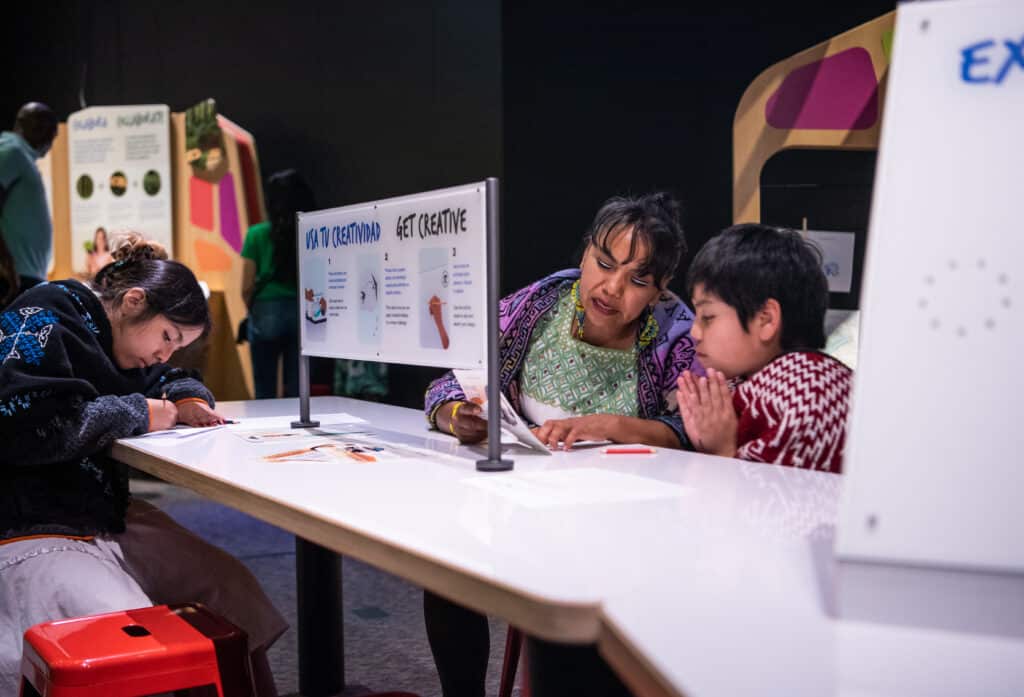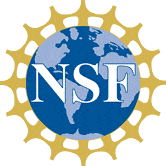
Materials
Before proceeding with this module, please make sure that have the following materials available and ready for use
What is engineering?
Every person who comes to your museum brings their own wealth of knowledge and experience. They get to choose what they are interested in exploring and how much time they want to spend at any given exhibit. As museum staff, our job is to help support learners’ journeys. However, just like our visitors, we too bring our own experiences and interests to every interaction. How each of us individually identifies with STEAM (science, technology, engineering, art, and math) has the potential to shape how we interact with learners at our museums.
Engineering has its own stereotypes that are perpetuated in society. For example, in schools, engineering design activities often focus on the same challenges used for generations: building bridges, designing projects that protect fragile items from a fall, designing boats, and using LEGOs bricks to build towers. These examples reinforce the idea of engineering as a professional and college related career. However, research in museums confirms that more people engage with the engineering design process when engineering is designed and presented as altruistic, creative, and collaborative (Lakin & Davis, 2019). Examples of this approach include designing and building a zip line carrier that will move an injured or stranded person safely and quickly out of danger or generating ideas for creative designs that will help different people and animals in various disaster scenarios.
Even when presenting and designing engineering in altruistic ways, an ongoing challenge is that the engineering design process is often associated with engineering careers, many of which involve higher education. However, regardless of our education or how we identify with the STEAM field, we all use engineering practices in our everyday lives and with our communities. As educators, we have the opportunity to expand the view of engineering to highlight how we as individuals and communities use engineering practices.
In this module, you will have a chance to reflect on your own personal definition of engineering and explore ways in which people talk about engineering.
Before proceeding, we would like you to use the Module 1 Worksheet to reflect on these engineering questions:
- Describe what comes to mind when you think of engineering. Feel free to use a drawing, a poem, a personal experience, make a list, etc.
- Look up “engineering.” What are some ways mainstream media describes engineering? What are some contexts in which it is described?
- Think about the influence the media has on changing narratives. Do you think that could apply to engineering?
Now that you have had an opportunity to think about how you describe engineering, watch this video to hear how Sierra, Katie, and museum visitors relate to and think about engineering.
As part of the interviews, we purposefully changed the way questions were asked, shifting from a technical to a more practical (or everyday) approach. Go back and watch the video again, this time paying attention to the difference in responses based on how the interviewer asked about engineering. What do you notice this time?
For the Designing Our Tomorrow (DOT) project, we defined engineering as “a problem-solving approach that involves strategies and skills anyone can use to solve challenges within their day-to-day lives and in their communities”. What has come to mind as you’ve spent this time reflecting on engineering?
In Module 2, you will look at a new framework that identifies the nuanced engineering practices people already use while interacting with exhibits. Understanding these practices can help us make, evolve, and/or strengthen people’s connection with engineering.

You have finished Module 1, PROCEED TO MODULE 2.
References
Lakin, J.M., V.A. Davis, and E.W. Davis. 2019. Predicting intent to persist from career values and alignment for women and underrepresented minority students. The International Journal of Engineering Education 35 (1): 168–18

This material is based upon work supported by the National Science Foundation under Grant No. DRL-1811617. Any opinions, findings, and conclusions or recommendations expressed in this material are those of the authors and do not necessarily reflect the views of the National Science Foundation.